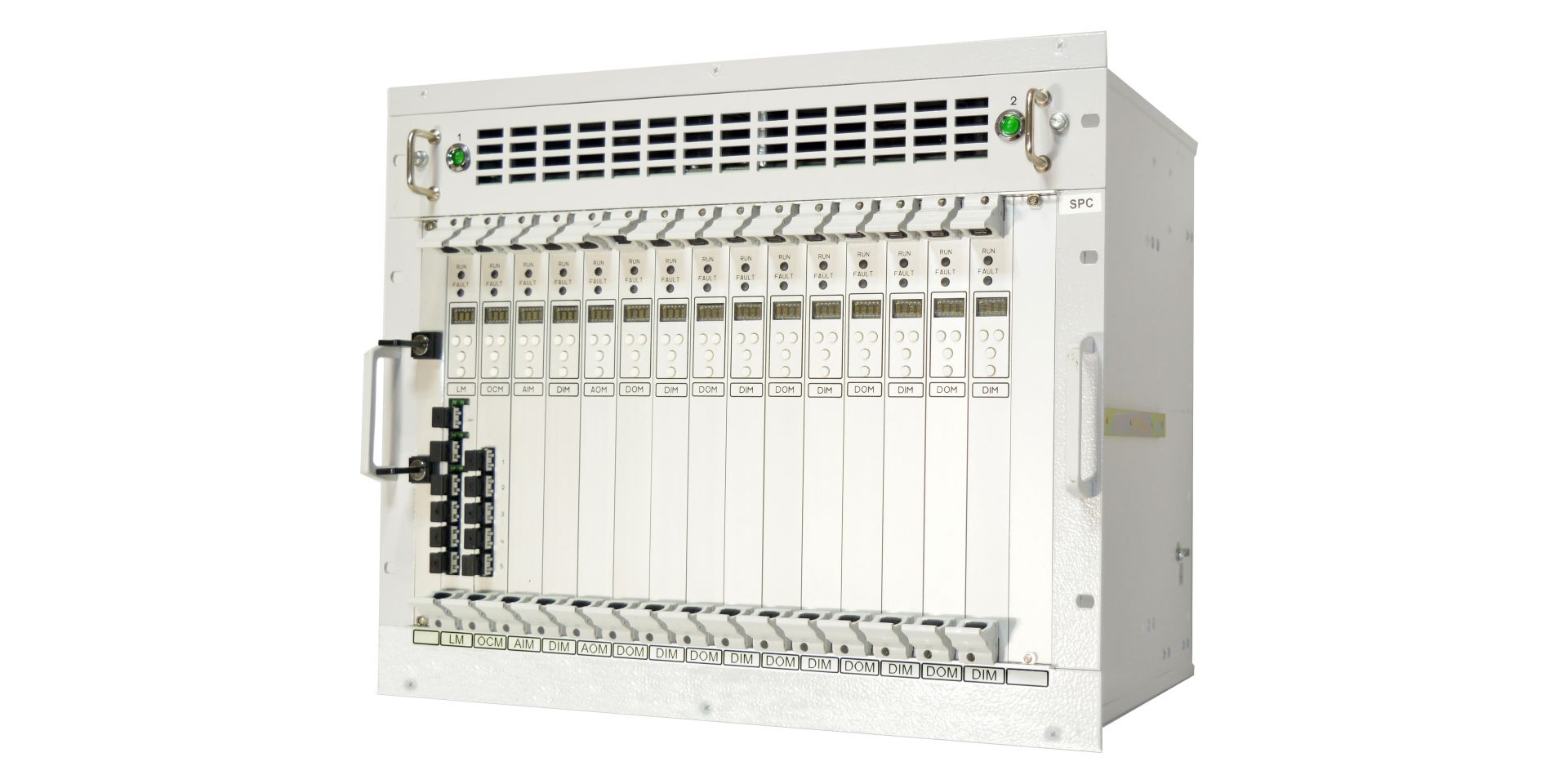A loaded waste container at the site of the former Plutonium Finishing Plant is surveyed to ensure that it is safe for transfer to Hanford’s on-site disposal facility. (Photo: DOE)
Final cleanup activities at the Hanford Site’s demolished Plutonium Finishing Plant have resumed following a pause in work prompted by the COVID-19 pandemic, the Department of Energy announced. Crews with the DOE’s Richland Operations Office and site contractor Central Plateau Cleanup Company will remove, package, and dispose of rubble remaining from the demolition of the plant’s plutonium reclamation facility, which was torn down in 2017.
A U.S. Navy Surface Ship Support Barge (the large vessel in photo), which is used to refuel nuclear-powered ships and dismantle spent fuel units, will be scrapped in a three-year process. (Photo: Stripes.com)
Towed from its home in Newport News, Va., the U.S. Navy’s Surface Ship Support Barge has arrived in Mobile, Ala., for decommissioning, Advance Local Alabama reported on June 1. The 268-foot-long barge operated from 1964 to 2016, supporting the Navy's nuclear vessel refueling and functioning like a spent fuel pool at a commercial nuclear power plant.
A future TerraPower plant visualization. (Graphic: TerraPower)
TerraPower has a design for a sodium-cooled fast reactor and federal cost-shared demonstration funding from the Department of Energy. Its partner, PacifiCorp, has four operating coal-fired power plants in the state of Wyoming. On June 2, together with Wyoming Gov. Mark Gordon and others, the companies announced plans to site a Natrium reactor demonstration project at a retiring coal plant in Wyoming, with a specific site to be announced by the end of 2021.
Plasma in MAST. (Photo: UKAEA/EUROfusion)
As governments around the world cooperate on the ITER tokamak and, in parallel, race each other and private companies to develop commercial fusion power concepts, it seems that “game-changing” developments are proclaimed almost weekly. Recently, the United Kingdom and China announced new fusion program results.
The new sign at the Indian Point Energy Center. (Photo: Holtec)
The transfer of the Indian Point nuclear power plant from Entergy to Holtec International and its subsidiaries was completed last week. Under the asset transfer deal, Holtec Indian Point becomes owner of the closed plant, with Holtec Decommissioning International serving as the site’s license holder and decommissioning operator.
The Snake River Plain Aquifer
The Department of Energy’s Office of Environmental Management will award the Idaho Cleanup Project contract for the Idaho National Laboratory site to Idaho Environmental Coalition (IEC), of Tullahoma, Tenn. The contract has an estimated ceiling of approximately $6.4 billion over 10 years, with cost reimbursement and fixed-price task orders to define the contract performance.
Fig. 1. All reactors. The median DER net capacity factor of the 96 reactors included in this survey for the three-year period 2018–2020 is 91.33 percent. For the five three-year periods between 1997 and 2011 shown above, 104 reactors were in operation. The 2012–2014 capacity factor includes 100 reactors, and 2015–2017 includes 99 reactors.
Capacity factor is a measure of reliability, and reliability delivers results. The U.S. nuclear power fleet produced about 789.9 TWh of clean electricity in 2020 and ended the year with 94 operating reactors. According to Energy Information Administration data, that’s about 37 percent more electricity than the 576.9 TWh produced in 1990 by a much larger fleet of 112 reactors.
Nuclear News has tracked and analyzed the capacity factors of the U.S. fleet since the early 1980s, before concerted industry efforts yielded unforeseen performance improvements. High nuclear capacity factors are now less an achievement than an expectation. So much so, in fact, that advanced reactors in development today are assumed to be capable of achieving capacity factors above 90 or even 95 percent.
The U.S. fleet has maintained a median capacity factor near 90 percent for 20 years (see Fig. 1), and the median design electrical rating (DER) net capacity factor for 2018–2020, at 91.33, does not disappoint—unless by showing virtually no change relative to the median of 91.34 recorded in 2015–2017. However, this lack of meaningful difference only underscores the consistent reliability of the U.S. fleet.
A photo of a prototype Lightbridge fuel assembly. (Photo: Lightbridge)
Operators at the Advanced Test Reactor at Idaho National Laboratory have begun a nine-month outage to perform a core internals changeout. When the ATR is restarted in early 2022, the top head closure plate of the pressurized water test reactor will have new access points that could permit the irradiation of more fuel and material samples in the reactor’s high-flux neutron conditions.











 The World Nuclear Association has issued a white paper advising the world’s policymakers and regulators to adopt a science-based, all-hazards risk assessment and management system that holistically evaluates the contributions of different energy sources and sets a level playing field.
The World Nuclear Association has issued a white paper advising the world’s policymakers and regulators to adopt a science-based, all-hazards risk assessment and management system that holistically evaluates the contributions of different energy sources and sets a level playing field.
